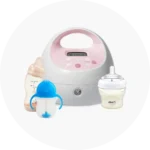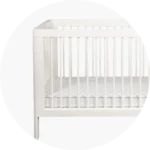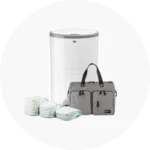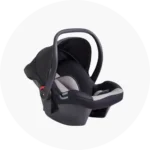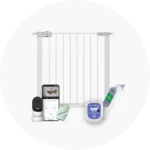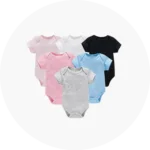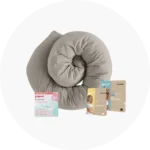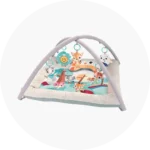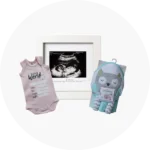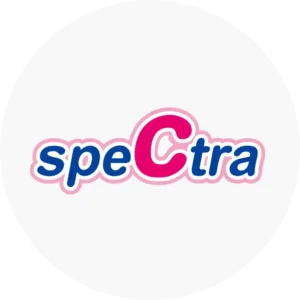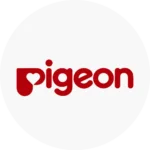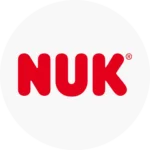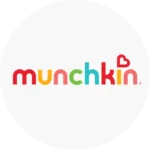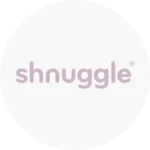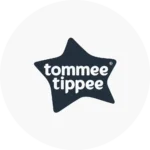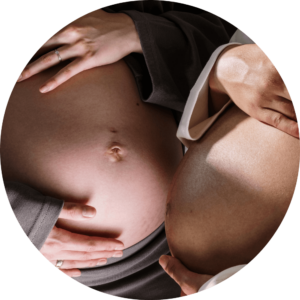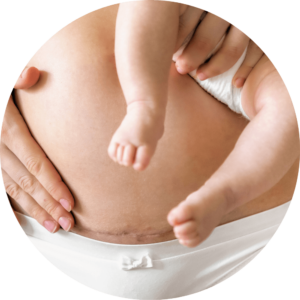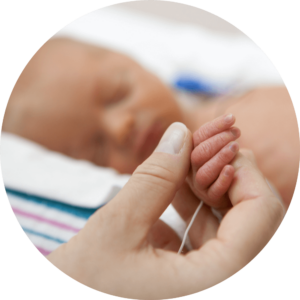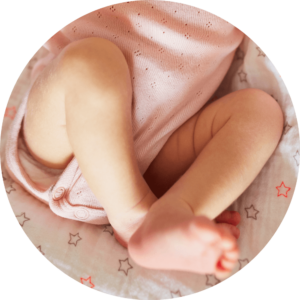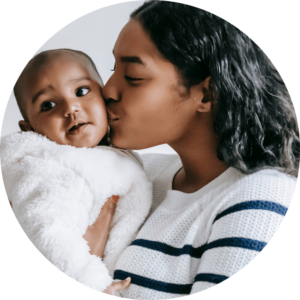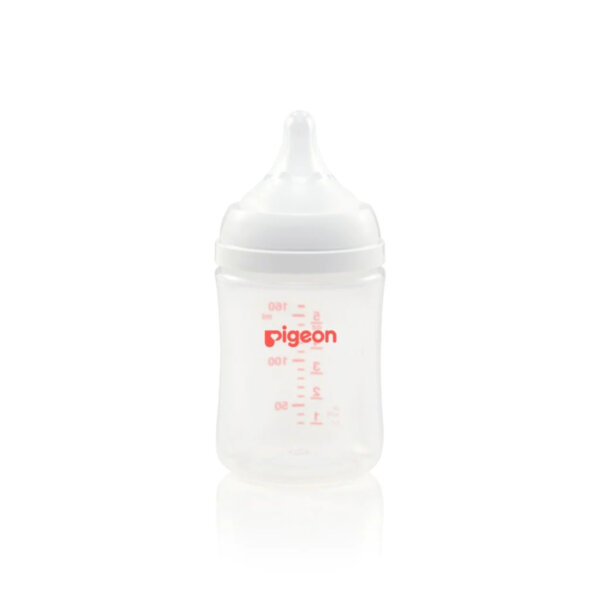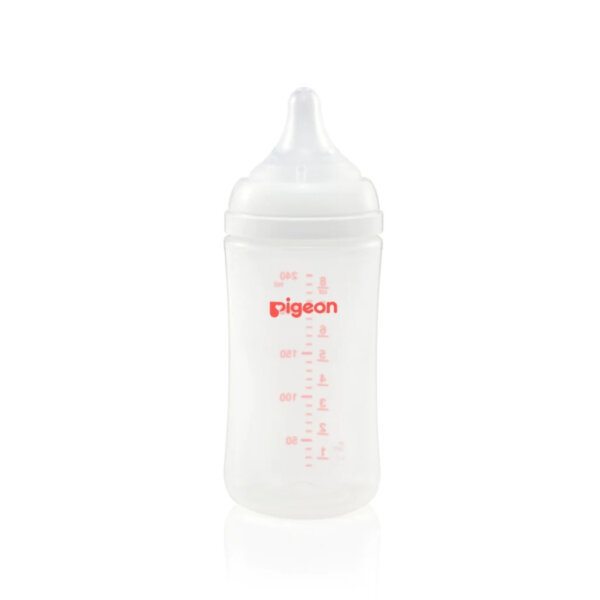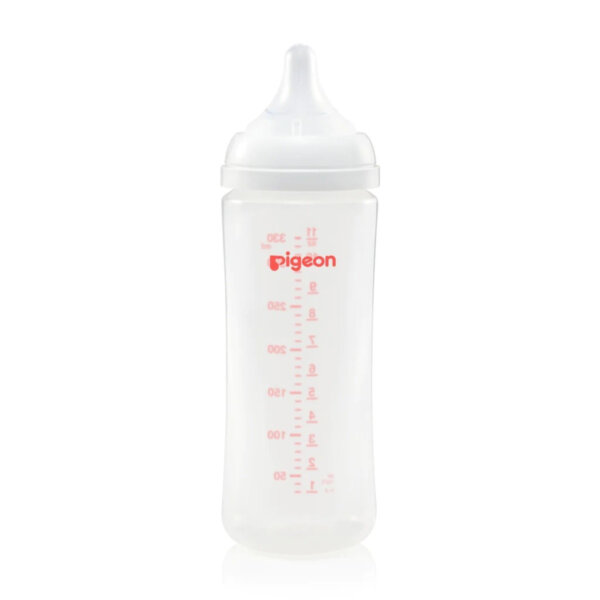Seamless Switching from Bottle to Breast – Pigeon SofTouch Bottles & Teats
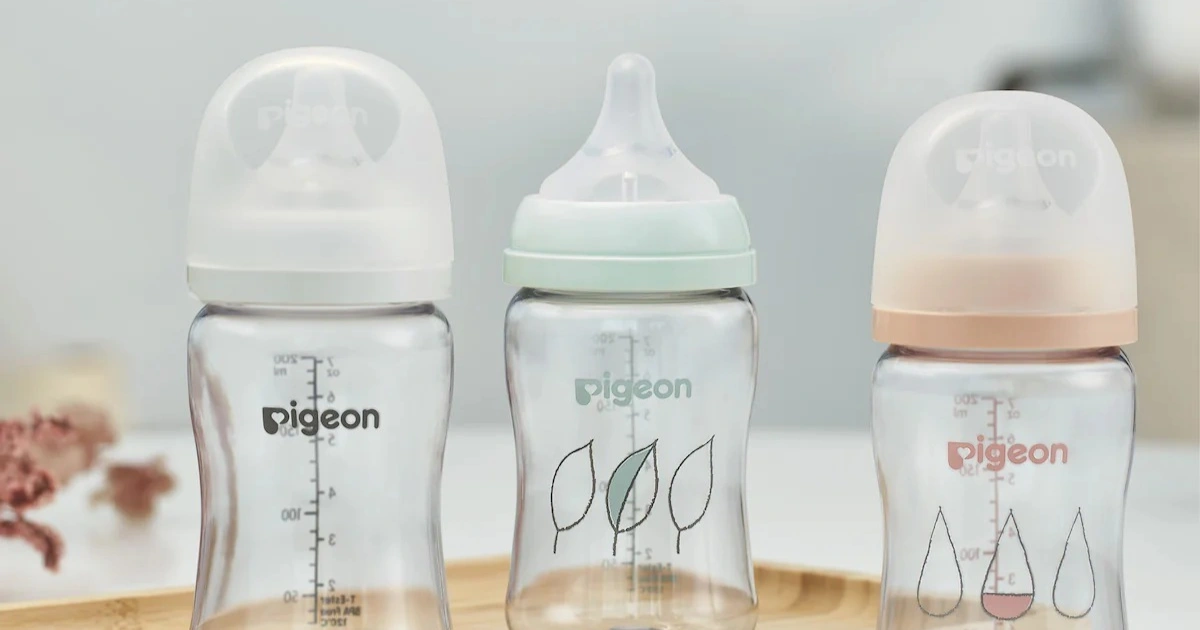

Last Updated: 14 March 2025

The Pigeon SofTouch™ bottle range, is the result of over 60 years of dedicated research and development. This range is designed to support your baby’s natural feeding motion, known as peristaltic movement, ensuring a seamless feeding experience.
The SofTouch™ wide neck teat is carefully crafted to mimic the natural shape of a mother’s breast. This makes it an ideal choice for parents who are combining breastfeeding with bottle feeding, transitioning from breast to bottle, or for babies who refuse other bottle brands. The teat’s natural slope is perfect for breastfed babies, providing a familiar and comfortable feeding experience.
What Makes Pigeon SofTouch Bottles & Teats Special?
The SofTouch Wide Neck Bottles
Pigeon SofTouch bottles are designed with a wide neck, making them ideal for breastfed babies. Available in 160ml, 240ml, and 330ml sizes, these bottles cater to a wide range of feeding needs. They come in four different materials:
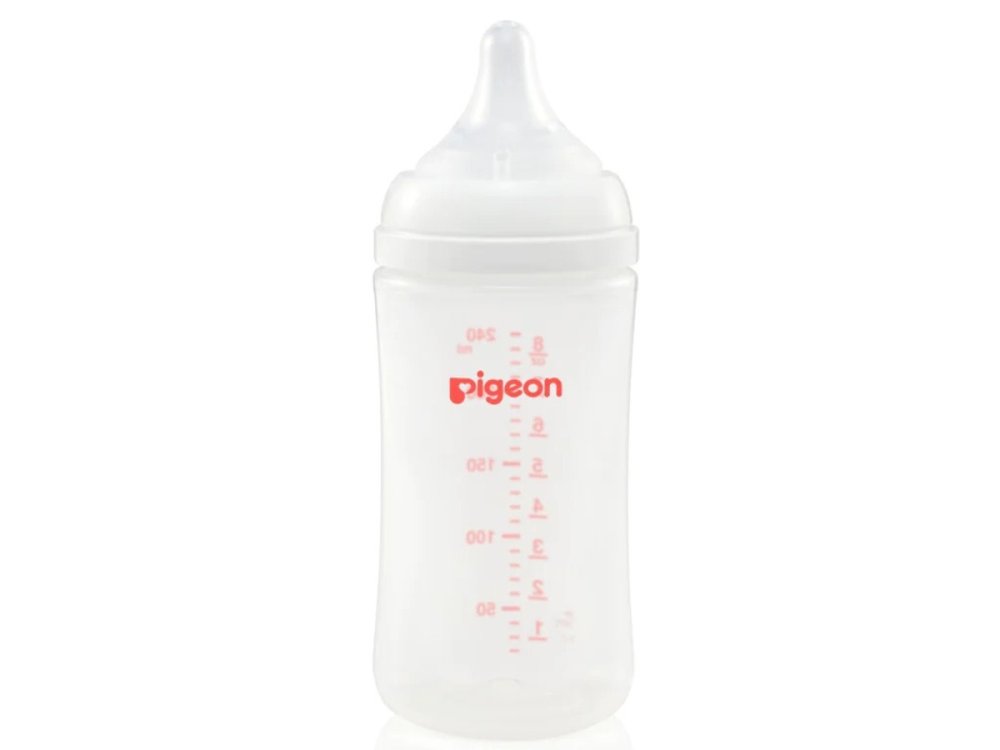
PP (Polypropylene)
These bottles are a popular plastic option, known for being affordable and lightweight. They are slightly opaque and designed for low to regular use. While they are BPA-free, they may not be as heat-resistant as other materials. Frequent sterilisation or exposure to hot liquids can cause the plastic to degrade over time. Although generally safe, it's recommended to replace PP bottles more frequently to maintain optimal quality.
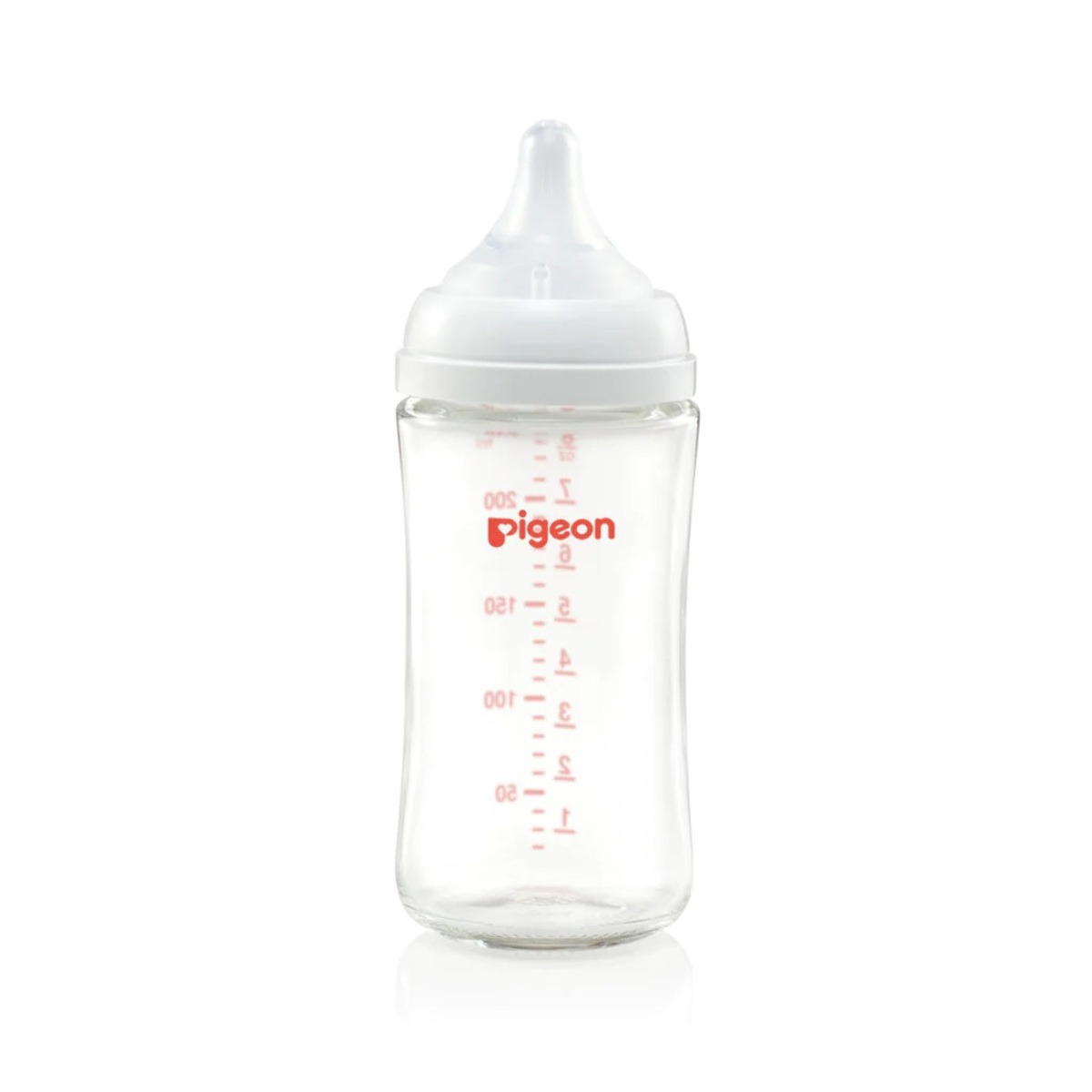
Glass
Glass baby bottles are a classic choice, providing a pure, chemical-free feeding experience. They are easy to clean and don’t retain flavours, making them ideal for both warm and cold milk. However, they can be heavy and prone to shattering, especially around young children.
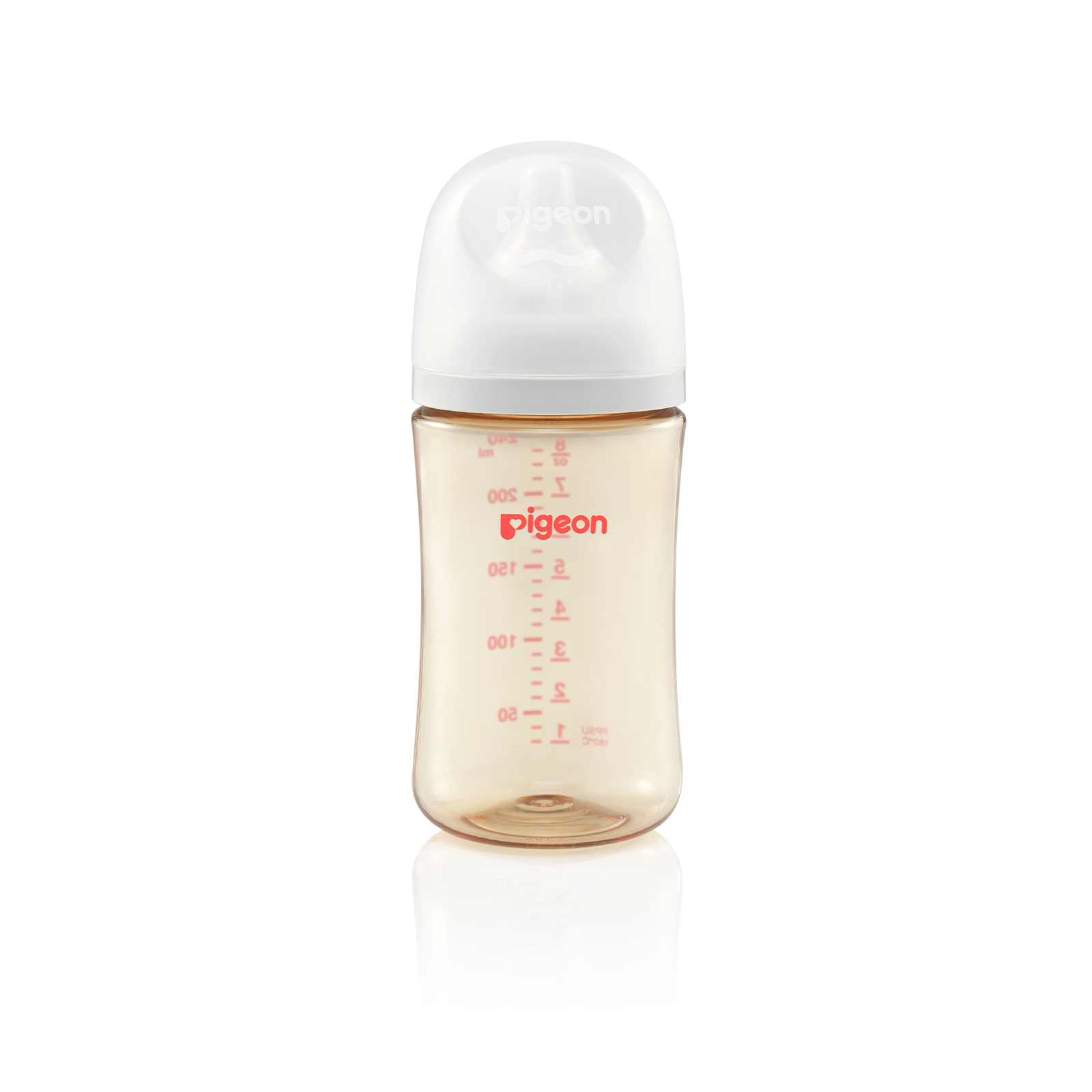
PPSU (Polyphenylsulfone)
PPSU offers a balance between safety and functionality. This medical-grade plastic is naturally honey-toned and highly durable, intended for higher use. It is BPA-free, highly heat-resistant, and suitable for sterilisation and hot liquids. PPSU bottles are lightweight, shatterproof, and have better scratch resistance and durability than standard plastic bottles.
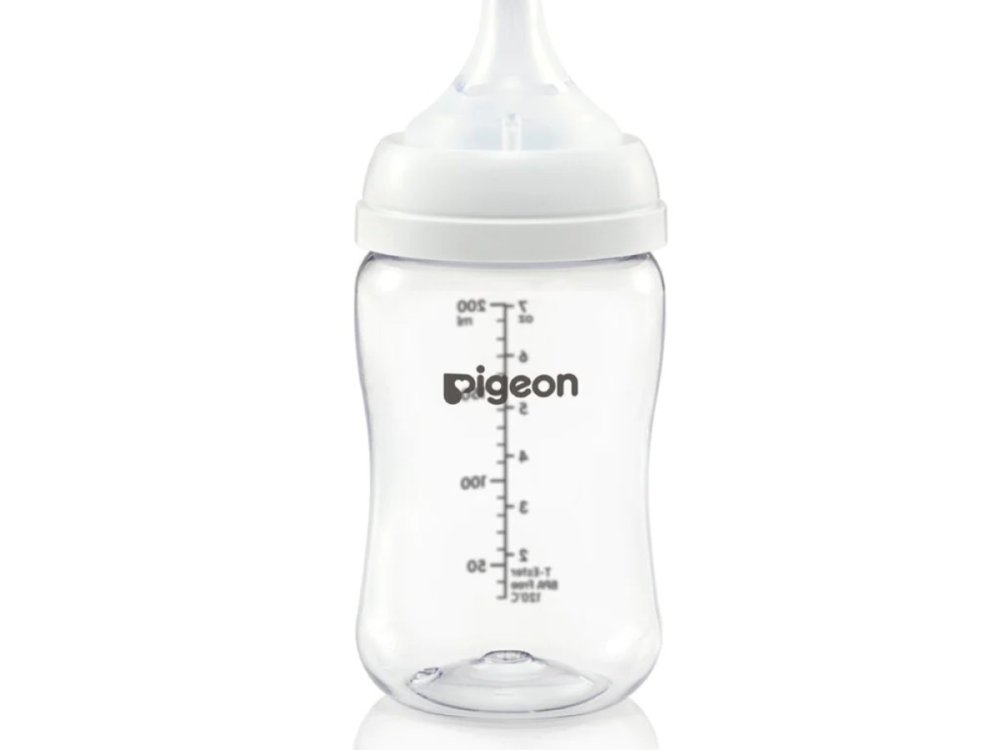
T-Ester
Made from an innovative plastic material exclusive to Pigeon, T-Ester bottles are BPA/BPS-free and meet European safety standards. These bottles have excellent glass-like clarity for better visibility and are highly resistant to UV degradation, making them compatible with UV sterilisers. It’s recommended to replace T-Ester bottles every 6 to 12 months, or sooner if you notice stubborn milk stains, scratches, or discolouration. T-Ester bottles offer a clear, durable option for quality feeding time.
The SofTouch Peristaltic Plus Nipple
Backed by over 60 years of research into babies’ natural sucking behavior, the new upgraded Pigeon SofTouch nipples, feature a research-based latch-on line for optimal latching and an even softer nipple that closely mimics a mother’s breast.
Developed to functionally replicate the feeding movements babies perform when nursing from the breast, SofTouch Nursing Bottles are designed to support breastfeeding moms, allowing them to seamlessly switch between breast and bottle feeding.
Each silicone teat has a textured surface for a perfect latch and proper tongue positioning. The wide-neck design mirrors the shape of the breast, which has been shown to promote better switching from breast to bottle, or when transitioning from breast to formula.
Pigeon Peristaltic Plus nipples/teats are available in various sizes and flow rates to meet your baby’s needs. Pigeon bottles are supplied with an appropriate teat: the 160ml bottles include an SS teat, the 240ml bottles come with an M teat, and the 330ml bottles feature an L teat. These wide-neck bottles are compatible with all Pigeon SofTouch teats, giving you the flexibility to mix and match as your baby grows.
Additionally, the Pigeon Air Ventilation System (AVS™) is an advanced feature of the SofTouch Peristaltic Plus teats, designed to minimise colic by reducing the amount of air swallowed during feeding. This system adjusts the air pressure inside the bottle, ensuring smooth milk flow while minimizing air intake. The AVS does not need to be covered with milk to function effectively, providing consistent feeding comfort.

How Does the SofTouch Teat Sizing System Work?
Pigeon use an age based sixing system with each nipple is designed to support their sucking ability at this age. The below guide is a recommendation of what size to use at which age. This is only a guide; the cues as to when to change teat size should be taken from your baby.
GOOD TO KNOW
Before introducing a bottle to your breastfed baby, it’s strongly recommended to consult with a lactation consultant, midwife or doula. They can provide personalised guidance on selecting the best bottle for your baby’s needs and advise on the appropriate flow rate to ensure a smooth transition between breast and bottle.
The Pigeon SoftTouch Range bottle range is particularly favoured by lactation consultants because of its naturally shaped teat that closely mimics breastfeeding, as well as its affordability, making it an accessible option for many parents. However, there is a risk of babies developing a preference for faster-flowing bottles, as they don’t have to work as hard to extract milk compared to the breast. For this reason, many consultants recommend sticking with the SS (super slow) teat, regardless of your baby’s age, since the breast’s flow remains consistent over time.
Of course, every baby is unique, so we strongly encourage you to consult your healthcare team for expert advice. Seeking guidance from a lactation consultant can help ensure that your baby feeds comfortably from a bottle while maintaining a strong breastfeeding relationship.

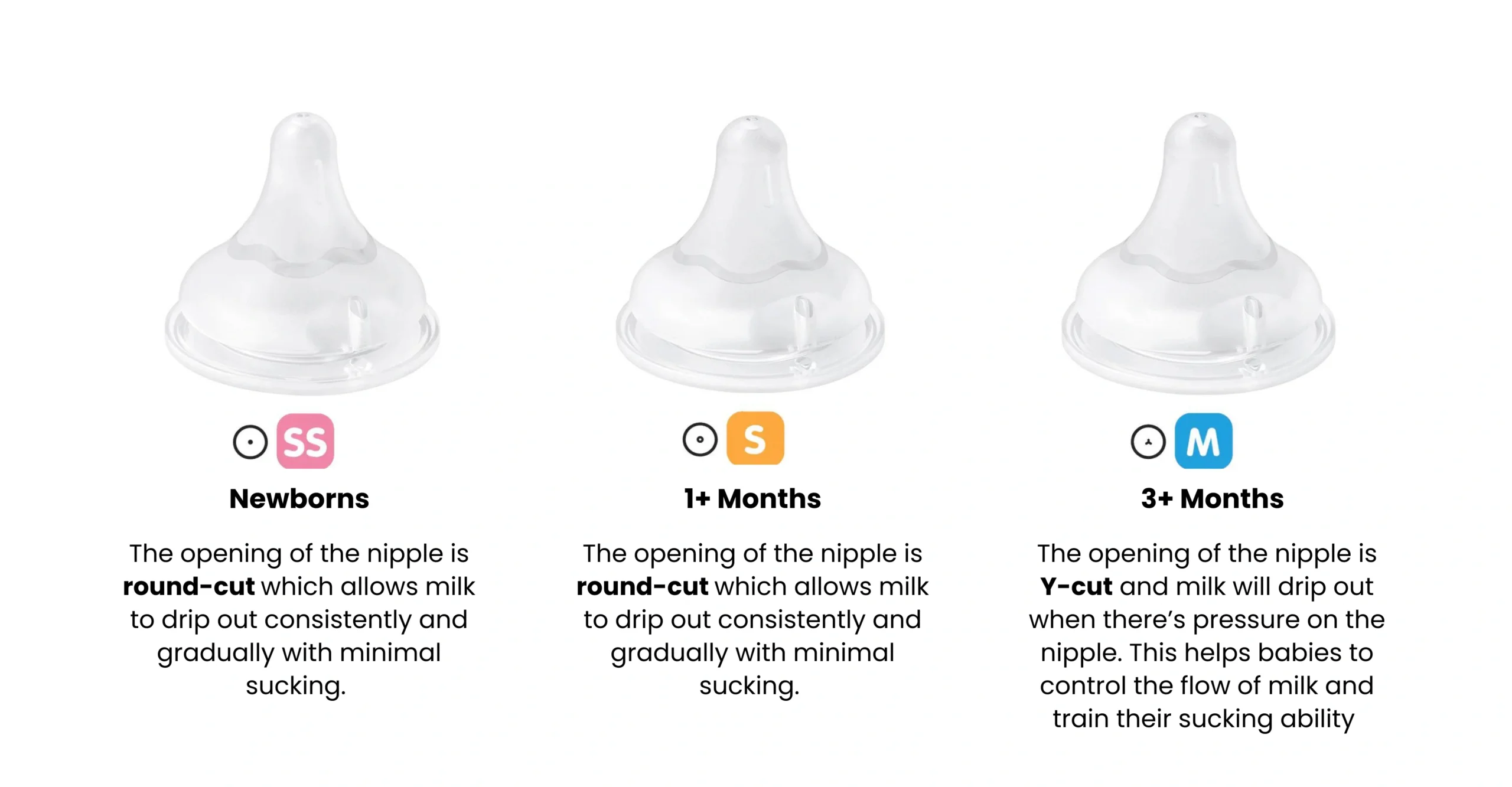
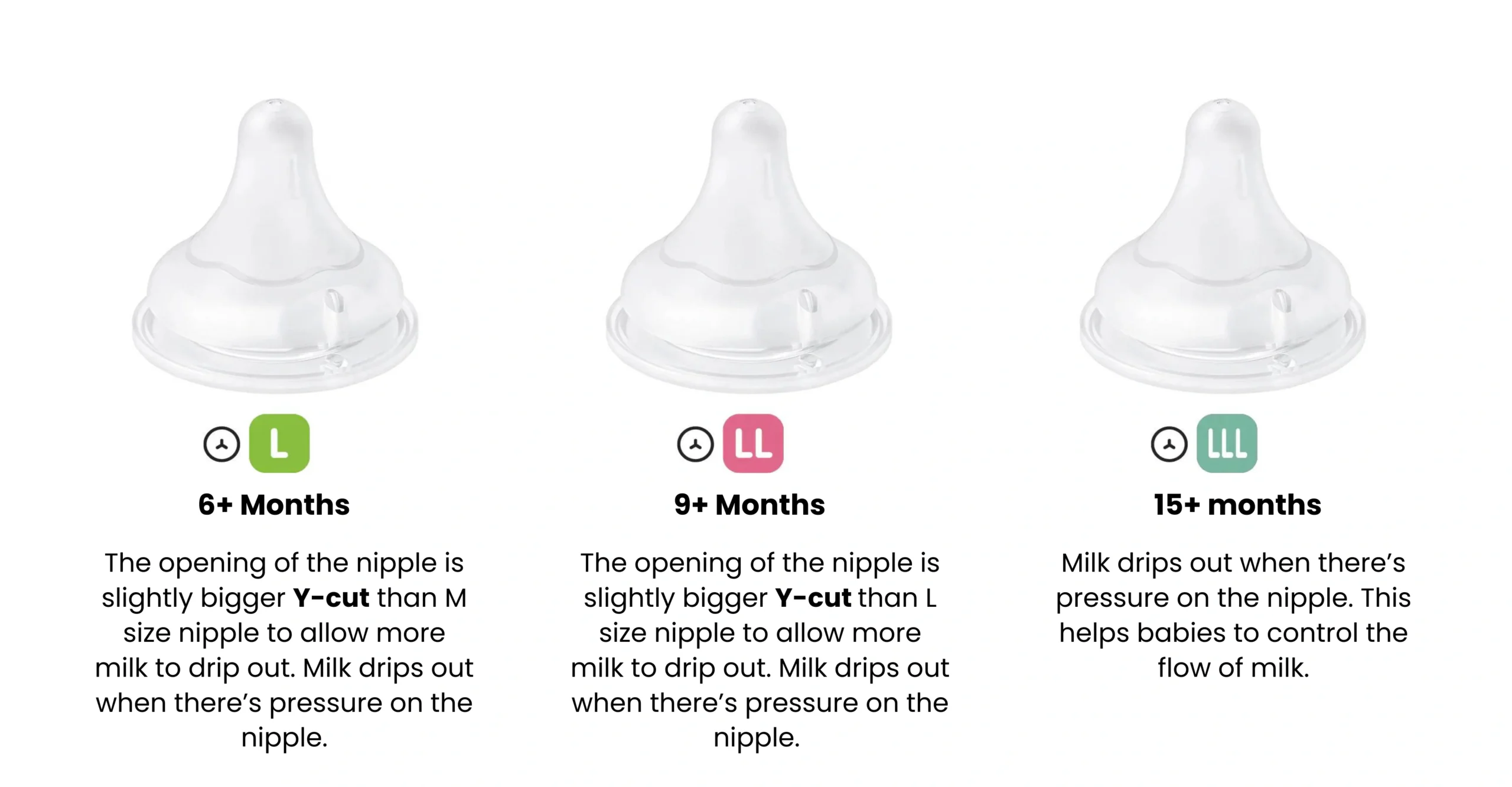
Size Up If...
- Your baby is fussing, fall asleep or tugging on the teat during feedings, which could indicate frustration with the slow flow of milk from the bottle.
- The teat collapses while your baby is drinking. This can happen when your baby is sucking too hard for the size of the hole in the teat, creating a vacuum and causing the teat to collapse. This suggests that your baby is trying to drink faster than the current teat allows.
Size Down If...
- Milk spills out of your baby’s mouth during feedings.
- They might gag, spit up, gulp, swallow forcefully, cough, or turn away from the bottle.
- Your baby is squirmy or uncomfortable after feeding due to gas buildup
- Your baby starts to exhibit flow preference for the bottle over the breast
How often should I replace my SofTouch teat & bottles?
To ensure the longevity and safety of your Pigeon bottles and nipples, it’s important to follow proper replacement guidelines. For SofTouch silicone nipples, we recommend rotating between two or more nipples over a two-month period before replacing them, especially if you use boiling, steam, or chemical sterilisation methods. If you notice stubborn milk stains, scratches, or discolouration on the nipple, it’s a clear sign that it’s time to replace it.
When it comes to the bottles themselves, how often you should replace them depends on the type of bottle and how frequently it’s used. For example, if you use the same bottle six times a day, it will need to be replaced more often than if you were rotating between multiple bottles throughout the day.
- PP bottles: Replace every six months. Over time, these bottles may become cloudy, but this doesn’t affect their performance or cleanliness.
- PPSU bottles: Replace every twelve months.
- T-ester bottles: Replace every 6 to 12 months, depending on usage. If you notice stubborn milk stains, scratches, or discolouration, it’s time to replace the bottle.
- Glass bottles: These can last indefinitely with proper care, making them a durable option.
Additionally, while all Pigeon bottles, collars, and hoods are recyclable, the silicone teats cannot be recycled. Keep this in mind when considering the environmental impact of your baby’s feeding supplies.
How to Clean & Sterilise SofTouch Bottles & Teats?
Proper cleaning and sterilisation of your Pigeon bottles and teats are essential to ensure your baby’s health and safety. Here’s a step-by-step guide to help you:
Cleaning
- Rinse Immediately After Use: After each feeding, rinse the bottles and teats with warm water to remove any remaining milk.
- Wash Thoroughly: Clean the bottles and teats using Pigeon Liquid Cleanser or another bottle and teat cleanser. If using a teat brush, be cautious not to push the brush through the teat opening. To prevent this, place a finger over the teat opening while cleaning.
- Inspect Teats: Before each use, inspect the teat by pulling it in all directions to check for any signs of damage or weakness. If you notice any damage, discard the teat immediately. Pay special attention if your baby is teething, as teats can wear out from biting.
Sterilisation Methods
Pigeon bottles and teats can be sterilised using various methods. Choose the one that best suits your needs:
- Boiling:
- Place the bottles and teats in water and bring it to a boil.
- Let them boil for 5 minutes, then turn off the heat and allow them to cool.
- Ensure that the bottle components do not rest against the hot sides of the container during boiling.
- Steam (Microwave or Electric):
- Use steam sterilisation products designed specifically for baby bottles.
- Follow the instructions provided with the steriliser for effective sterilisation.
- Chemical Sterilisation:
- Use baby-safe sterilisation solutions.
- Be aware that chemical sterilisation may cause the printing on the bottles to fade over time.
- UV Sterilisation:
- If you would like to use UV sterilisation, opt for the T-Ester bottles that are designed for this purpose.
- UV sterilisation can be used for Pigeon plastic and silicone products. However, repeated UV exposure may lead to premature aging of the products.
- If using a UV steriliser with a drying function, ensure the bottle is at least 1 inch (2.54 cm) away from the inner walls or air ventilation outlet to avoid damage.
- Monitor for signs of aging, such as discolouration or cloudiness, and replace the bottles when these signs appear.
Additional Tips
- Teat Care: The tip of the teat is delicate. When using a teat brush, gently press the tip with your finger to avoid damaging it.
- Avoid Overexposure: Do not leave teats in direct sunlight, heat, or disinfectant/sterilizing solution for longer than recommended, as this can weaken the teat.
Key Takeaways
- Pigeon SofTouch™ bottles and teats are designed to support seamless switching between bottle and breastfeeding.
- The SofTouch™ wide-neck teat mimics the natural shape of a mother’s breast, reducing nipple confusion.
- The teat features a unique latch-on line to help ensure proper latching and feeding, closely replicating the breastfeeding experience.
- Developed with over 60 years of research, Pigeon SofTouch™ teats allow babies to use their natural peristaltic sucking motion for effective feeding.
- Pigeon SofTouch™ bottles are ideal for combination feeding or transitioning from breastfeeding to bottle feeding.
- The bottles are available in various sizes and come with different flow rates to suit your baby’s needs as they grow.
- The Anti-Colic Air Ventilation System (AVS™) helps to reduce colic by minimizing air intake during feeding.
- SofTouch™ teats are made from super-soft silicone, ensuring a comfortable and safe feeding experience for your baby.
- The Pigeon SofTouch™ range is suitable for babies who struggle to take other bottle brands, offering a reliable solution for parents.
Our Guidance Pledge
We’re dedicated to providing you with practical, evidence-based information to help you make the best choices for your growing family. All content is medically reviewed by our in-house doctor and/or experts such as OB-GYNs, doulas, and midwives, and is based on the latest international guidelines, peer-reviewed studies, and reputable sources from academic institutions and medical journals. Learn More
